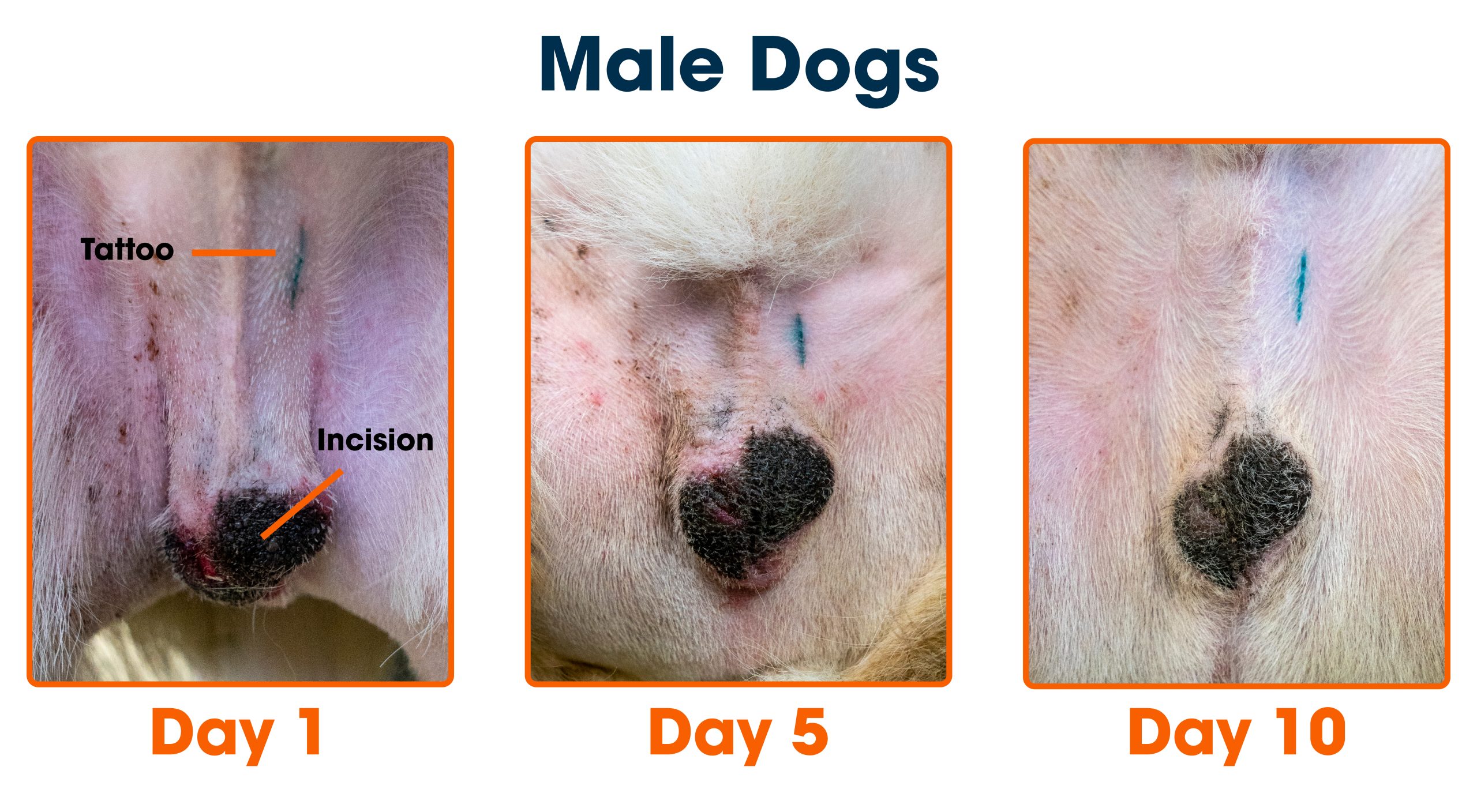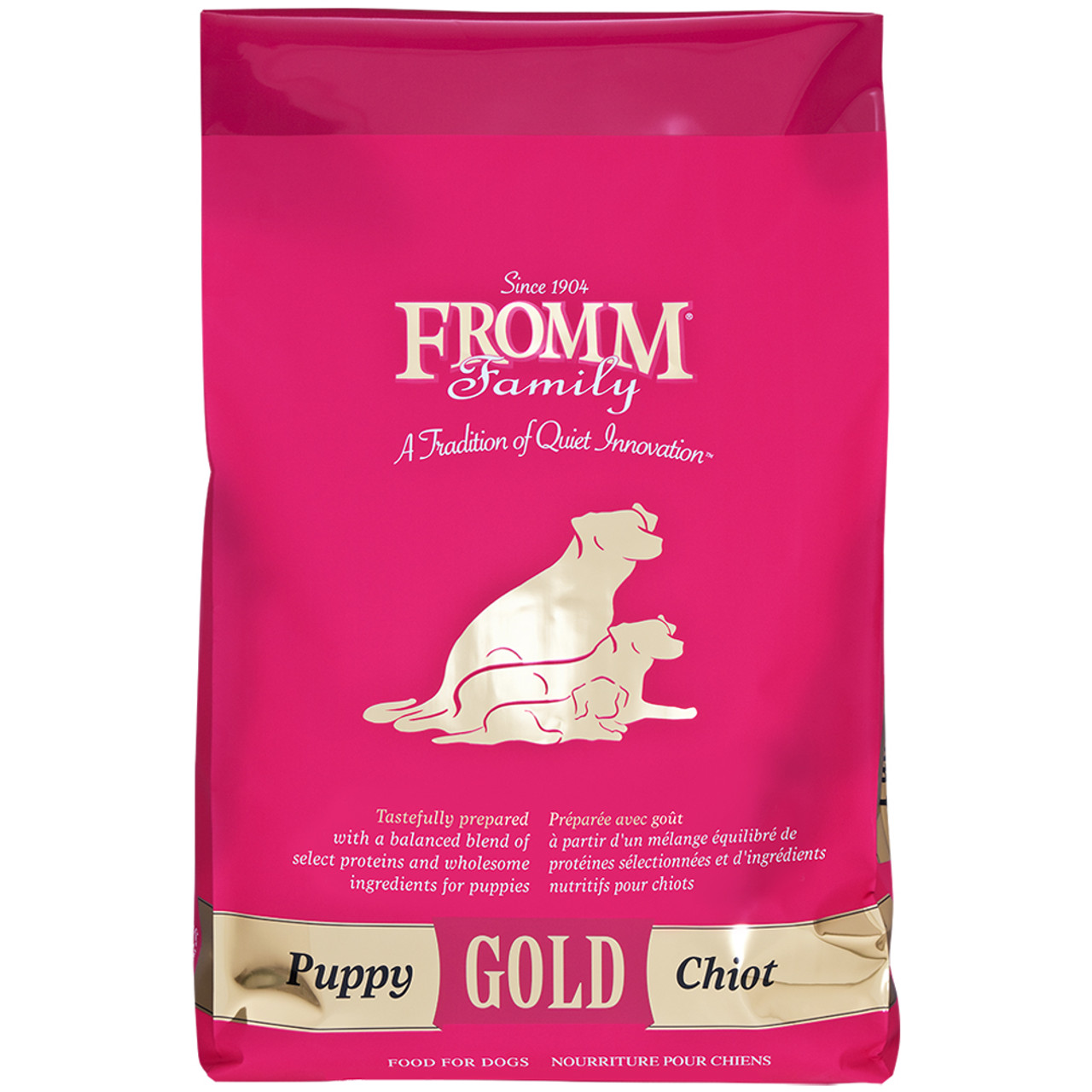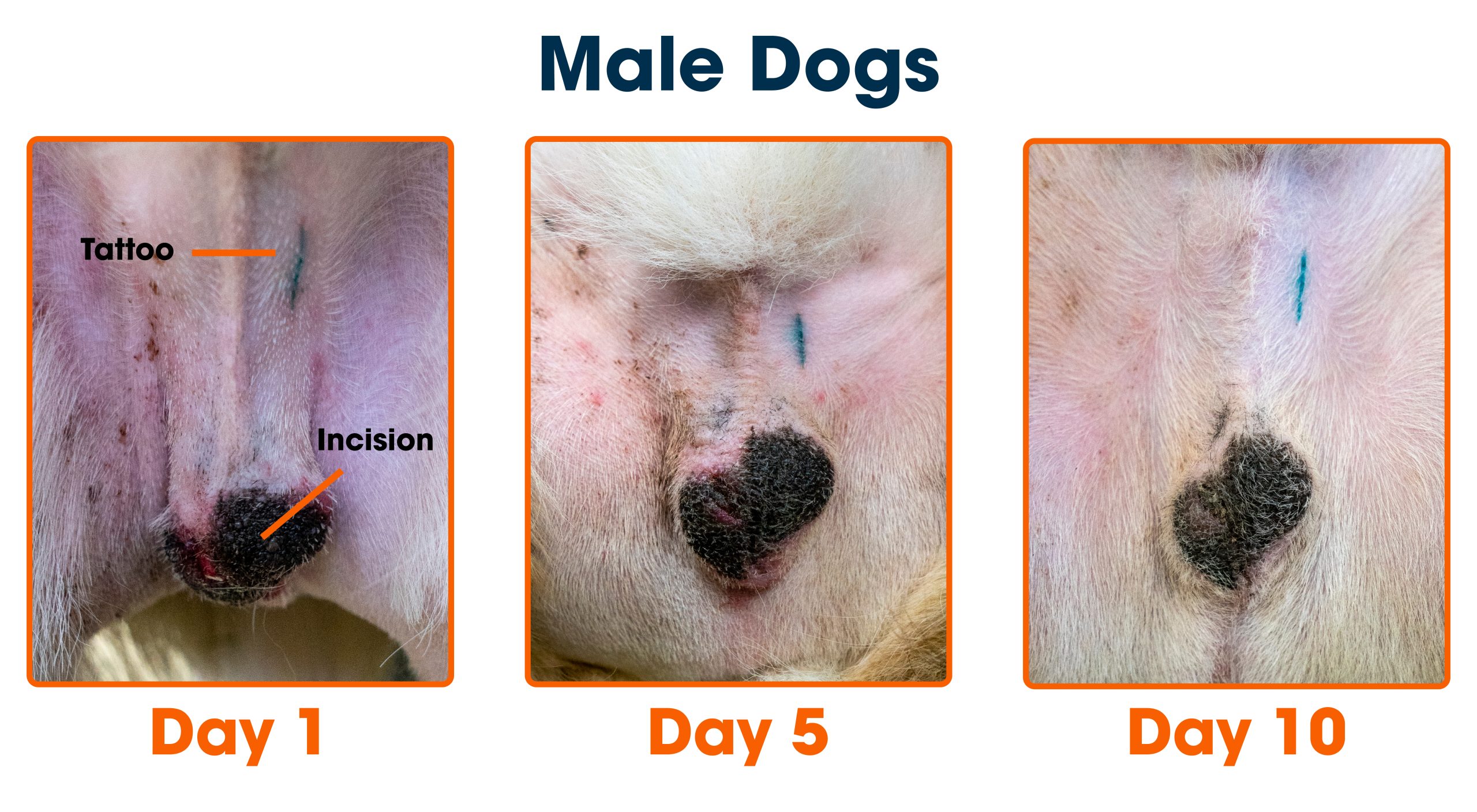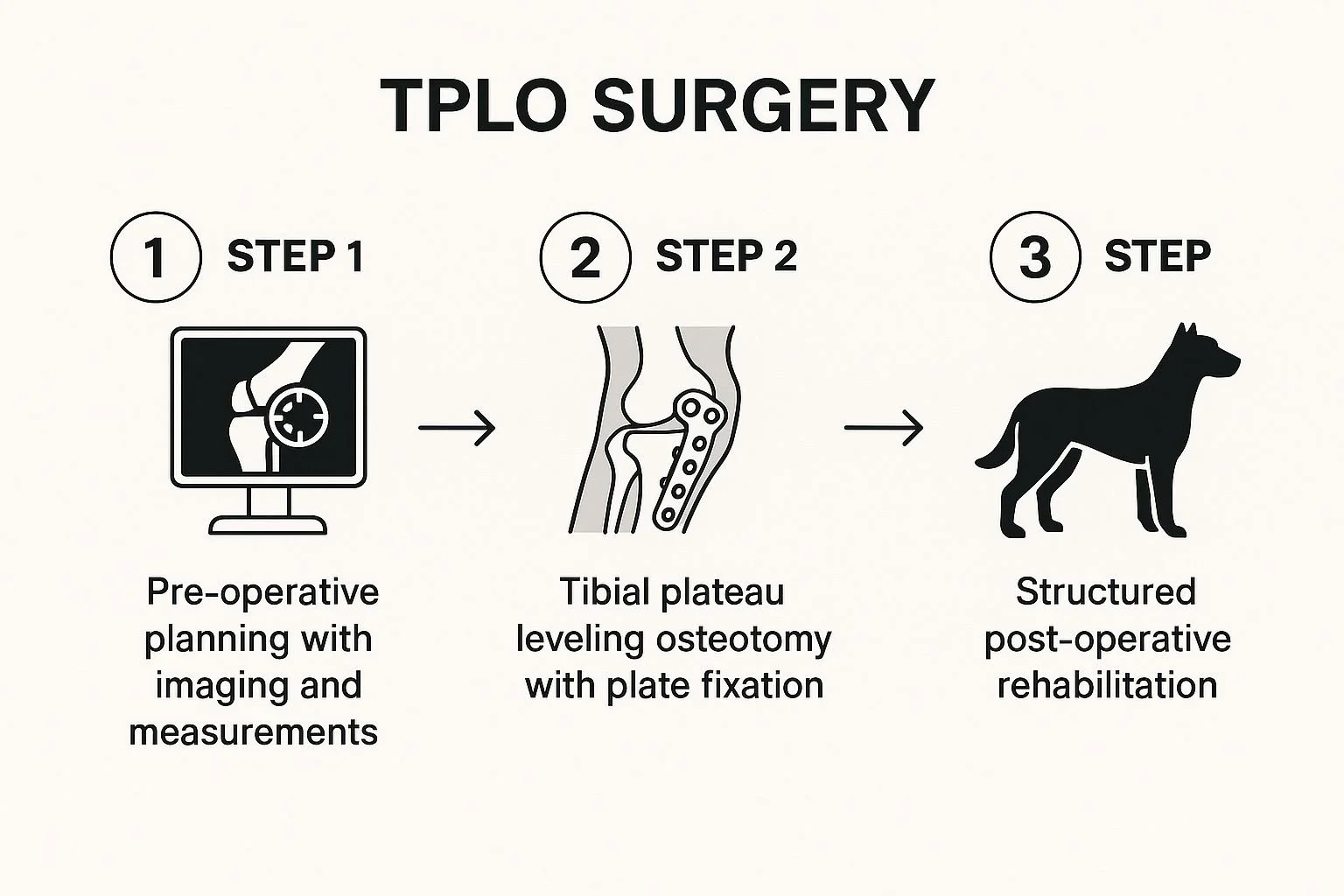If your dog is about to be neutered, you’re probably wondering, “How long will the recovery take?” You want to make sure your furry friend feels comfortable and heals quickly. Knowing what to expect during recovery helps you prepare and gives you peace of mind.
You’ll learn exactly how long it takes for dogs to bounce back after neutering, what signs to watch for, and how you can help your pet heal faster. Keep reading to make your dog’s recovery smooth and stress-free.

Credit: www.facebook.com
Recovery Timeline
Understanding the recovery timeline after your dog’s neuter surgery helps you provide the best care possible. Each phase brings its own challenges and milestones, so knowing what to expect keeps you prepared and attentive. Let’s break down the key stages of healing to guide you through this important time.
First 24 Hours
The first day after surgery is crucial. Your dog may seem sleepy or groggy from anesthesia, which is normal. You’ll want to keep them in a quiet, comfortable space to rest.
Watch closely for any signs of bleeding or swelling around the incision. If you notice anything unusual, contact your vet immediately. Giving small amounts of water and withholding food for a few hours after surgery can help prevent nausea.
Days 2 To 7
During this week, your dog’s activity should be limited to slow, short walks. Excessive running or jumping can stretch the incision and cause complications. You might see some mild swelling or bruising, but it should gradually improve.
Keep an eye on the incision for redness, discharge, or foul smell. These could indicate an infection. Using an Elizabethan collar (cone) can prevent your dog from licking or biting the area, which often delays healing.
After One Week
By day seven, most dogs start feeling more like themselves. The incision should be mostly closed, and swelling reduced. You can slowly increase their activity but avoid rough play or swimming until cleared by your vet.
This is a good time to schedule a follow-up visit. Your vet will check the healing progress and remove any stitches if needed. Have you noticed any behavior changes during recovery? Sometimes dogs act a bit more clingy or restless, which is normal.
Complete Healing Period
Complete recovery typically takes about 10 to 14 days. By this time, your dog’s incision should be fully healed, and their energy back to normal. Continue monitoring them for any late signs of infection or discomfort.
Remember, every dog heals at their own pace. If you’re unsure about your dog’s progress, don’t hesitate to consult your vet. How are you adjusting your routine to help your furry friend recover smoothly?
Post-surgery Care
Post-surgery care is crucial to ensure your dog heals quickly and comfortably after neutering. How you manage this period can directly affect your dog’s recovery speed and overall well-being. Paying close attention to pain, wound care, and activity levels will help avoid complications and keep your pet happy.
Managing Pain
Pain control is key to your dog’s comfort after surgery. Your vet may prescribe medications—make sure you follow the dosage instructions exactly. Never give human painkillers unless your vet says it’s safe.
Watch for signs of pain like whining, restlessness, or reluctance to move. If your dog seems unusually uncomfortable, call your vet. Pain management helps your dog stay calm and recover faster.
Wound Cleaning
Keep the incision clean and dry to prevent infection. Avoid bathing your dog or letting the wound get wet until the vet confirms it’s safe. Check the site daily for redness, swelling, or discharge.
If you notice anything unusual, contact your vet immediately. Use a clean cloth and, if advised, a mild antiseptic to gently clean around the wound. Don’t apply creams or ointments unless recommended by your vet.
Preventing Licking And Chewing
Licking or chewing the incision can cause infection or reopen the wound. Use an Elizabethan collar or an inflatable recovery collar to stop this behavior. Some dogs try to remove these collars, so keep an eye on your pet.
Distract your dog with toys or gentle play to keep their mind off the wound. Have you noticed how some dogs become more curious about their wounds after surgery? That’s why prevention is essential.
Restricting Activity
Limiting your dog’s movement is vital to avoid strain on the healing site. No running, jumping, or rough play for at least 10 to 14 days. Short leash walks for bathroom breaks are okay but keep them calm.
Set up a quiet, comfortable space where your dog can rest undisturbed. This slows down activity naturally and helps the healing process. How often do you think your dog needs these quiet moments during recovery?
Signs Of Complications
After your dog’s neuter surgery, most recover smoothly. Still, some signs suggest complications. Watch for changes that need attention. Early detection helps prevent serious problems. Knowing what to look for keeps your dog safe and comfortable.
Swelling And Redness
Some swelling is normal after surgery. But large, hard swelling needs care. Redness that spreads or worsens is a warning sign. The skin may feel warm or tender. Check the area daily to spot these changes early.
Unusual Discharge
Clear fluid or slight bleeding can appear at first. Thick, yellow, green, or foul-smelling discharge shows infection. Discharge that continues or increases is not normal. Keep the wound clean and dry to prevent this.
Behavioral Changes
Your dog may rest more after surgery. Watch for severe lethargy or weakness beyond the first days. Loss of appetite or vomiting can signal problems. Excessive licking or biting at the site may cause damage. Note any unusual behavior and act quickly.
When To Contact The Vet
- Swelling or redness gets worse after 48 hours
- Discharge is thick, colored, or smells bad
- Your dog seems very weak or refuses to eat
- Signs of pain that don’t improve
- Fever or shaking
Contact the vet immediately if you notice any of these signs. Prompt care prevents serious complications and aids recovery.

Credit: www.fitwarm.com
Tips For Faster Recovery
Helping your dog recover quickly after neutering is important. Small actions can make a big difference. Comfort, food, and care all support healing. The right steps help avoid infection and pain. Follow these tips to give your dog the best chance for fast recovery.
Comfortable Resting Area
Create a quiet, soft space for your dog to rest. Use a cozy bed away from noise and traffic. Keep the area clean and dry. Limit your dog’s movement to prevent strain on the surgery site. A calm environment helps reduce stress and speeds healing.
Proper Nutrition
Feed your dog healthy, easy-to-digest food during recovery. Fresh water must always be available. Good nutrition supports tissue repair and energy. Avoid giving treats or new foods that might upset the stomach. Follow your vet’s advice on diet and portion size.
Follow-up Visits
Schedule and attend all vet appointments after surgery. These visits check the healing progress and catch problems early. Your vet may remove stitches or adjust medication. Share any concerns about swelling, redness, or behavior changes. Timely care prevents complications and speeds recovery.
Using An E-collar
Use an Elizabethan collar (E-collar) to stop licking or biting the wound. It protects the surgery site from irritation and infection. Ensure the collar fits well but does not cause discomfort. Keep the collar on as your vet recommends. It is a key tool for a safe recovery.
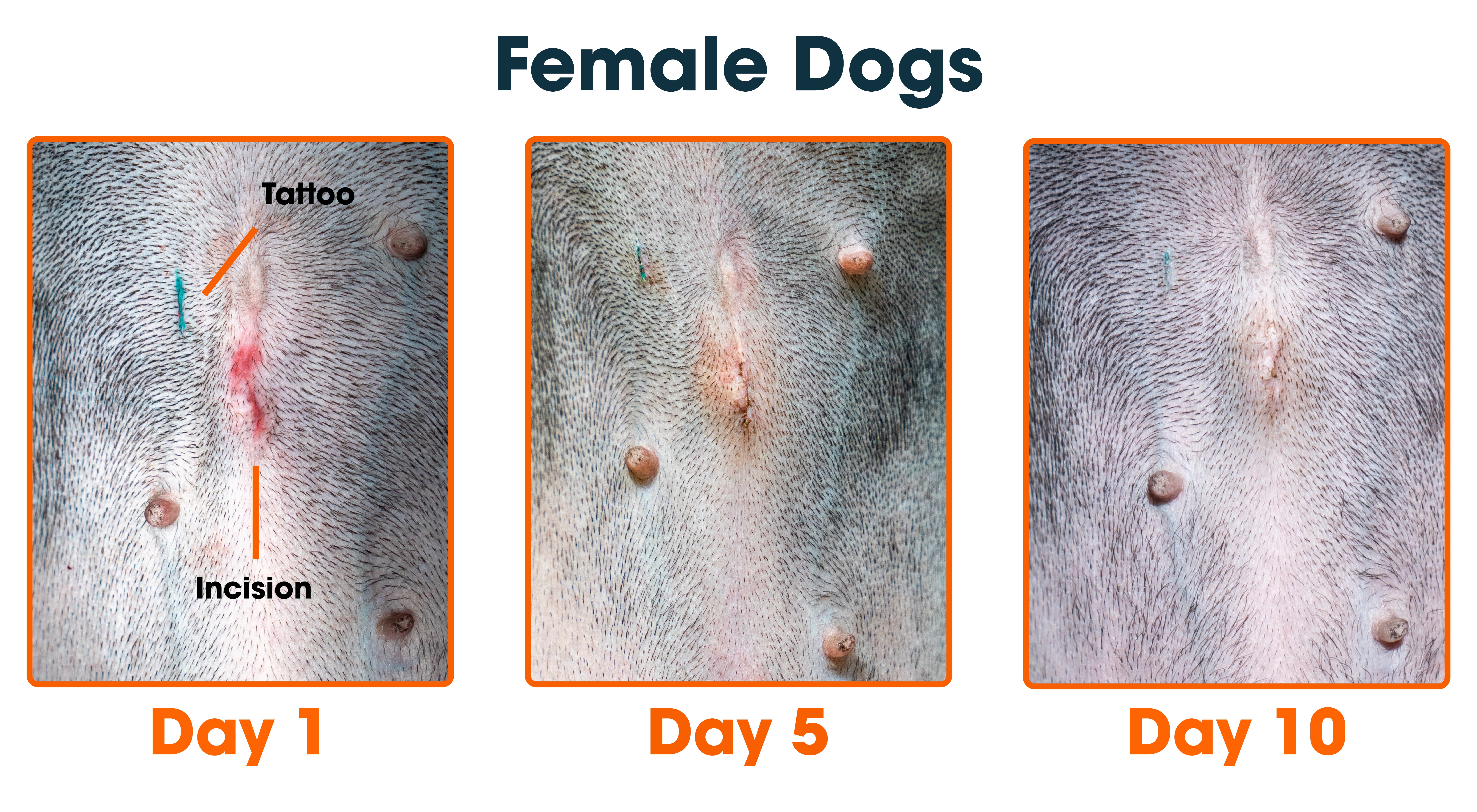
Credit: www.aspca.org
Frequently Asked Questions
How Long Does Dog Neuter Recovery Usually Take?
Dog neuter recovery typically takes 10 to 14 days. Most dogs heal well within two weeks with proper care. Follow your vet’s instructions to ensure a smooth recovery without complications.
When Can My Dog Resume Normal Activities Post-neuter?
Dogs can usually resume light activities after 10 days. Avoid strenuous exercise and rough play until the incision fully heals. Gradually reintroduce activity based on your vet’s advice.
What Signs Indicate Complications During Recovery?
Watch for swelling, redness, discharge, or excessive licking at the incision. Also, lethargy, vomiting, or loss of appetite may signal issues. Contact your vet immediately if these symptoms occur.
How To Manage Pain After Dog Neutering Surgery?
Your vet may prescribe pain medication to ease discomfort. Follow dosage instructions carefully and avoid giving human painkillers. Ensure your dog rests comfortably to promote healing.
Conclusion
Recovery from dog neuter usually takes about 10 to 14 days. During this time, your dog needs rest and gentle care. Watch for signs of discomfort or infection. Keep your dog calm and avoid rough play. Follow your vet’s advice closely for the best healing.
Most dogs feel better quickly and return to normal activities soon. Patience and proper care help your dog heal safely. Remember, every dog is different, so recovery times may vary. Taking good care now means a happier, healthier dog later.

